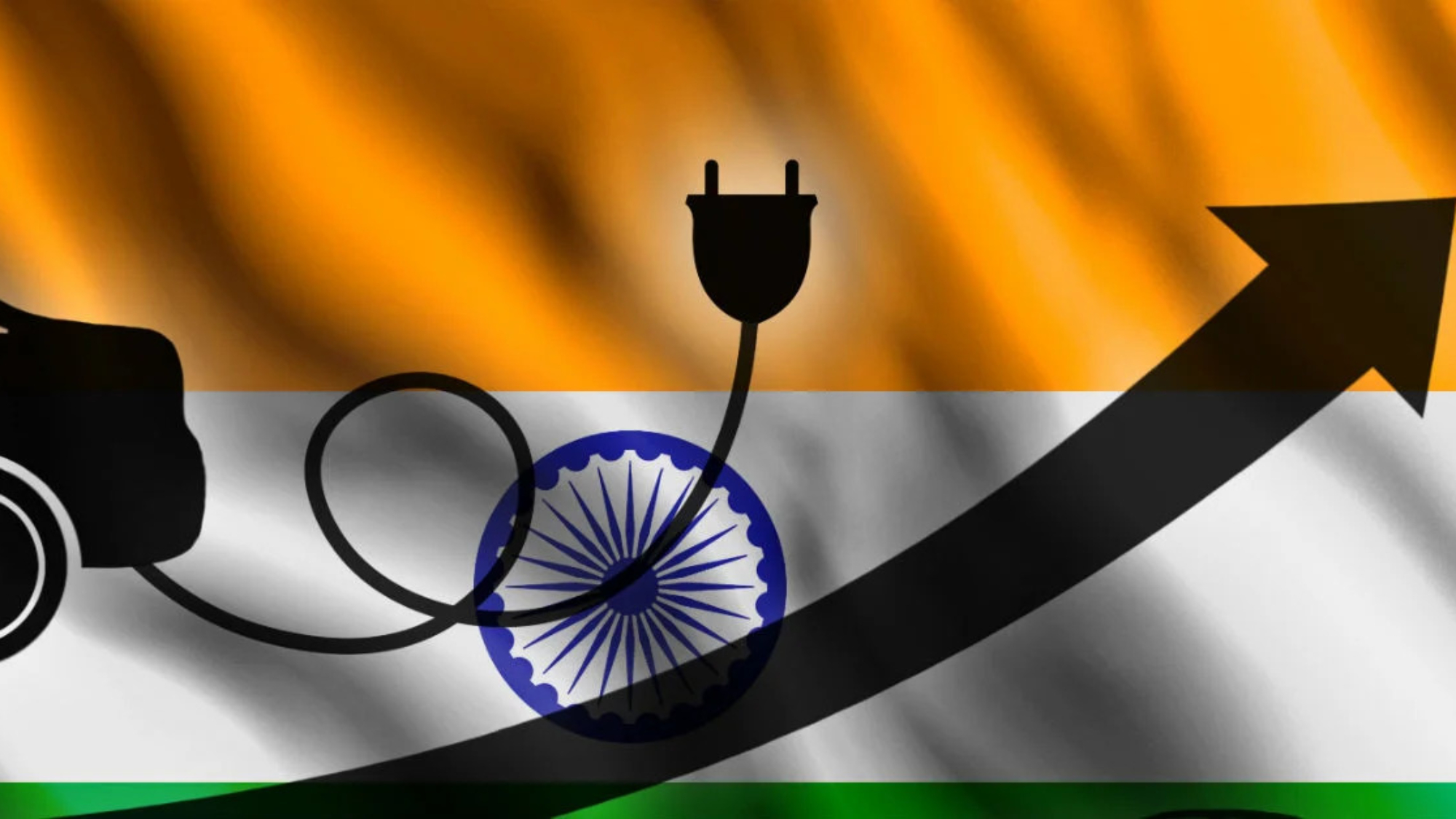As India takes ambitious strides towards a greener and more sustainable future, the role of government policies in expanding the electric vehicle (EV) charging infrastructure cannot be understated. With a growing number of EV owners, the need for a robust charging network is paramount. In this blog, we’ll delve into the critical role government policies play in fostering the growth of EV charging infrastructure, explore key initiatives, and highlight the benefits these policies offer to India’s citizens and the environment.

National Electric Mobility Mission Plan 2020: Launched in 2013, the National Electric Mobility Mission Plan 2020 (NEMMP) laid the foundation for India’s transition to electric mobility. It set ambitious targets to achieve 6–7 million EV sales by 2020 and aimed to create a supportive ecosystem for EVs, including the development of charging infrastructure. The NEMMP continues to serve as a guiding policy document for various state and central government initiatives promoting EV adoption and infrastructure development.
FAME India Scheme: The Faster Adoption and Manufacturing of (Hybrid &) Electric Vehicles (FAME) India scheme, first introduced in 2015, has been instrumental in driving EV adoption in India. With its focus on demand incentives, technology development, and charging infrastructure expansion, the FAME India scheme has significantly contributed to the growth of the EV ecosystem in the country.
State EV Policies: In addition to the central government’s efforts, many Indian states have formulated their own EV policies to promote electric mobility and charging infrastructure development. For example, states like Delhi, Maharashtra, and Karnataka have introduced attractive incentives for EV buyers, charging station developers, and manufacturers, leading to increased investment in the sector.
Public-Private Partnerships (PPP): Recognizing the importance of collaboration between the public and private sectors, the government has encouraged public-private partnerships (PPP) for setting up charging stations across the country. Such partnerships help share the investment burden, stimulate innovation, and accelerate the deployment of EV charging infrastructure.
Benefits of Government Policies:
- Increased EV adoption: Supportive government policies create an enabling environment for EV adoption, making it more affordable and convenient for Indian consumers.
- Job creation: The growth of the EV charging infrastructure sector has the potential to create numerous direct and indirect jobs, boosting the economy.
- Reduced pollution: Encouraging the use of electric vehicles helps reduce air pollution in cities, leading to improved public health and a better quality of life.
- Energy security: By promoting the adoption of EVs, government policies contribute to reduced reliance on fossil fuels and improved energy security for India.
- Climate change mitigation: The expansion of EV charging infrastructure supports India’s commitment to reducing its carbon emissions and combating climate change.
Government policies play a crucial role in shaping the growth of EV charging infrastructure in India. As the nation continues to embrace cleaner transportation solutions, supportive policies and initiatives will be instrumental in driving the transition to electric mobility. With the combined efforts of the central and state governments, along with public-private partnerships, India is poised to emerge as a leader in sustainable transportation, paving the way for a greener, healthier

